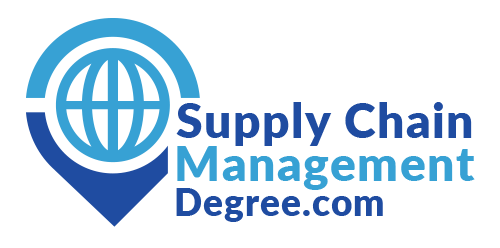Supply Chain 4.0: Beyond Digital Transformation – The Intelligent, Self-Orchestrating Supply Chain
We’ve been talking about digital transformation in supply chains for years. Many companies have implemented ERP systems, embraced cloud computing, and adopted various digital tools. But true Supply Chain 4.0 goes beyond simply digitizing existing processes. It’s about creating an intelligent, interconnected, and ultimately self-orchestrating supply chain. This blog post explores what Supply Chain 4.0 really means, its implications, and how businesses can prepare for this next level of evolution.
From Digital Transformation to Intelligent Automation:
Digital transformation focused on making existing processes more efficient through technology. Supply Chain 4.0 builds upon this foundation but goes much further. It’s about leveraging advanced technologies like artificial intelligence (AI), machine learning (ML), the Internet of Things (IoT), blockchain, and advanced analytics to create a supply chain that can:
- Sense and Respond: Constantly monitor real-time data from various sources to anticipate disruptions and automatically adjust operations.
- Predict and Optimize: Use AI and ML to forecast demand, optimize inventory levels, and predict potential bottlenecks.
- Collaborate and Connect: Foster seamless communication and data sharing across the entire supply chain ecosystem, from suppliers to customers.
- Automate and Orchestrate: Automate routine tasks and orchestrate complex processes with minimal human intervention.
Key Characteristics of a Supply Chain 4.0:
- Real-time Visibility: End-to-end visibility across the entire supply chain, providing a holistic view of operations.
- Predictive Analytics: Using data and AI to anticipate future demand, potential disruptions, and optimize decision-making.
- Autonomous Operations: Automating routine tasks and processes, allowing human resources to focus on strategic initiatives.
- Agility and Resilience: Building a supply chain that can quickly adapt to changing market conditions and recover from disruptions.
- Connectivity and Collaboration: Seamless communication and data sharing across the entire supply chain ecosystem.
- Sustainability: Integrating sustainability into all aspects of the supply chain, from sourcing to delivery.
The Implications of Supply Chain 4.0:
The shift to Supply Chain 4.0 has far-reaching implications for businesses:
- Increased Efficiency and Productivity: Automation and optimization lead to significant improvements in efficiency and productivity.
- Reduced Costs: Optimized inventory management, streamlined logistics, and reduced waste contribute to lower costs.
- Improved Customer Service: Greater visibility and responsiveness enable companies to meet customer demands more effectively.
- Enhanced Competitiveness: Companies with advanced supply chains gain a significant competitive advantage.
- Greater Innovation: The ability to analyze vast amounts of data fosters innovation and the development of new products and services.
- New Business Models: Supply Chain 4.0 enables the development of new business models, such as personalized products and on-demand manufacturing.
Preparing for the Future of Supply Chain:
Businesses that want to successfully transition to Supply Chain 4.0 need to take several steps:
- Develop a Digital Strategy: Create a comprehensive digital strategy that aligns with overall business goals.
- Invest in Technology: Invest in the necessary technologies, including AI, ML, IoT, blockchain, and advanced analytics.
- Build a Data-Driven Culture: Foster a culture that values data and uses it to make informed decisions.
- Develop Talent: Develop the skills and expertise needed to manage and utilize these advanced technologies.
- Embrace Collaboration: Foster strong relationships with suppliers, customers, and other partners.
- Start Small and Scale Up: Begin with pilot projects and gradually scale up successful initiatives.
Supply Chain 4.0 is not just a technological upgrade; it’s a fundamental shift in how businesses operate. It’s about creating a dynamic, intelligent, and self-orchestrating supply chain that can anticipate change, optimize processes, and deliver exceptional value. While the journey may be challenging, the rewards for those who embrace this evolution will be substantial. The future of supply chain is intelligent, and it’s here.



